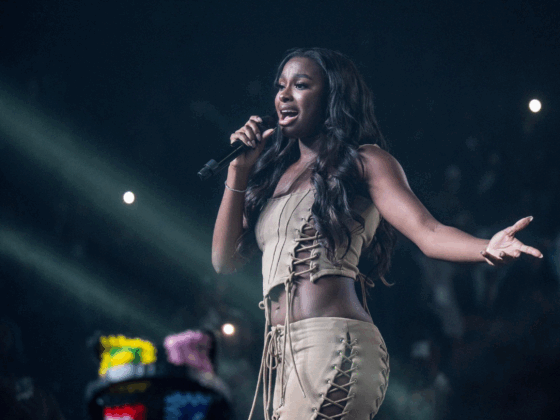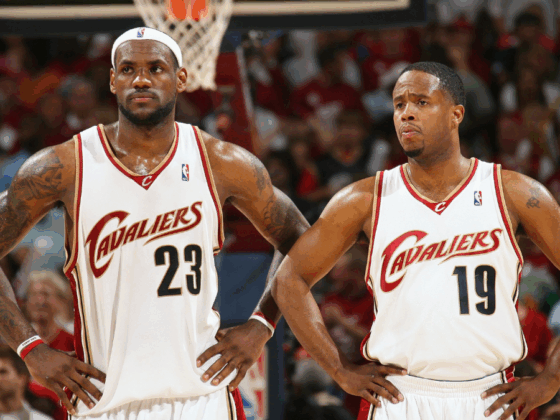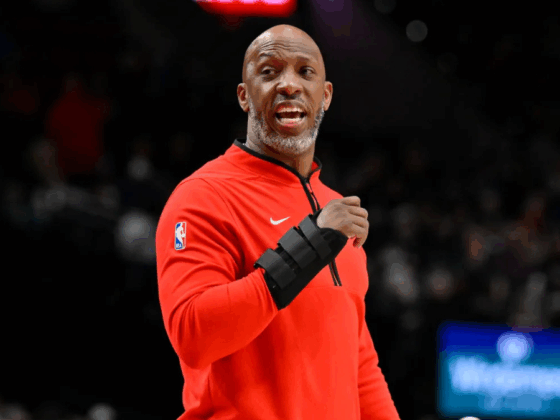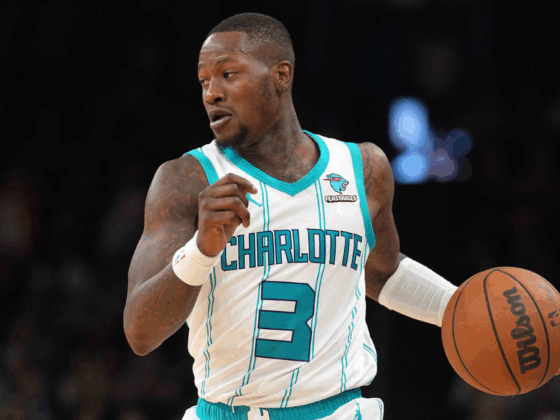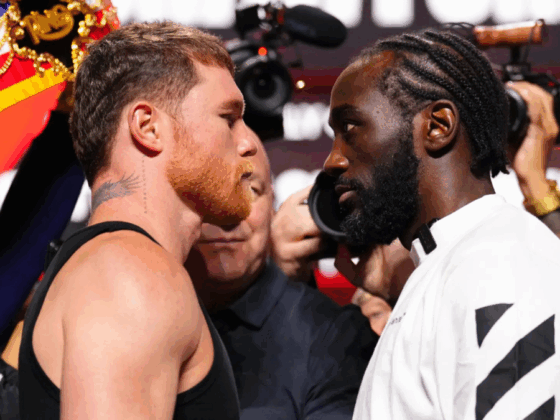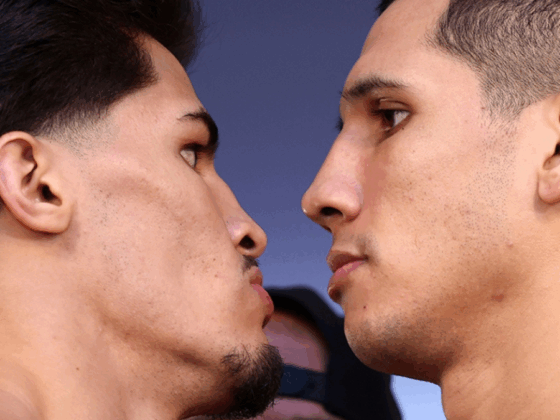
Predicting NBA talent with 100 percent accuracy is practically impossible. There’s a reason NBA organizations hire teams of trained professionals whose sole job is to find and properly analyze young players. It’s easier to predict a few players that will have prolific careers and just as easy to predict a few players that might turn out to be busts. But to expect anyone to know the precise future of every single prospect is unreasonable and simply not logical. It’s a difficult job with hundreds of different factors — some big, but most minute. The Anthony Bennetts and LeBron James of the world have shattered the ideal standard of what a No. 1 pick should look like. The case with Andrew Wiggins is no different.
Andrew Wiggins’ path to this point in his NBA career is not one most would characterize as normal. He is one of seven No. 1 overall picks who were traded away before playing even a game for the team that drafted them. Wiggins was a No. 1 pick — and deservedly so — but he’ll forever go down as one of the most important trade baits of all time. The Cleveland Cavaliers traded Wiggins to the Minnesota Timberwolves for Kevin Love, which led to James’ return and eventually Cleveland’s first professional sports championship in over 50 years.
One of Wiggins’ most discussed NBA comparisons was LeBron James, which was a stretch, to say the least. No matter how unfair that was to the then-18-year old, he finished his lone college season at Kansas as the presumed No. 1 overall pick. Like James, Wiggins was selected No. 1 overall by Cleveland and his trade to the Timberwolves was the beginning of a team reset in Minnesota, with the rookie as the centerpiece.
Wiggins impressed during his first year in the NBA, especially for his age. Averaging nearly 17 points and five rebounds per game on 43.7 percent shooting, his potential was the lone bright light cast upon a 16-win season. The holes in his game were obvious — lack of attention on defense, scant 3-point range, running with his head down toward the basket — but at 18 years old, the kinks would eventually work themselves out. At least, that was the hope, and still is to this very day.

In year two, he continued his development. Now paired with Karl-Anthony Towns, who Minnesota selected with their own No. 1 overall pick, and the surprise emergence of second-year player Zach LaVine, the foundation for the future was in place. They had the early workings of their own Big 3 and now it was time to wait to see what they could become.
In year three, Wiggins became a much more versatile scorer. His 3-pointer jumped to 35.6 percent, his jumper, in general, was beginning to improve and he looked poised to take the leap the Wolves desperately needed him to take. But it never happened, at least not all the way. His defensive deficiencies were catching up to him and teams (along with fans and media) were starting to notice. Wiggins is built to be a plus-defender in the NBA. Insane athleticism, long arms and quick feet can typically equate to good defenders. Not Wiggins. Not yet. Contested long twos became a recurring theme for him on offense and his body hadn’t physically reached the point that he needed it to be at if he wanted to battle with opposing wings on a nightly basis.
After year three, in which Wiggins averaged a career-high 23.6 points per game, the Timberwolves decided to expedite their rebuild. Wiggins still wasn’t the player Minnesota envisioned but, at 22 years old, time hadn’t run out. He was due for a contract extension and it was clear that Minnesota remained a couple of years behind where they ultimately wanted to be, which was basically just to get in the playoffs and end their 13-year postseason drought. In July of 2017, Minnesota executed a blockbuster trade, sending LaVine, Kris Dunn and their first-round pick (seventh overall) to Chicago for Jimmy Butler and their first-round pick (16th overall). Just like that, the course for the future drastically shifted. In a sense, it shifted away from Wiggins.
Jimmy Butler was brought in mainly because the Wolves saw an opportunity to grab a top-10 player, but also so he could do what Wiggins couldn’t — or wasn’t able to do. Wiggins was supposed to be the Jimmy Butler-type player that his team had just brought in. An ultra-athletic wing with defensive skills and the potential to turn into an offensive superstar, the exact path Butler took. Three years into the league showed that Wiggins could someday reach that point, but as every game passed, his future as an NBA player became more and more questionable.
Wiggins still received his extension from the front office. However, it almost appeared to be carried out reluctantly. Five years and $148 million doesn’t seem like a decision that would be made just for the hell of it. But apparently, it could.
“To me, by making this offer, I’m speculating that his contribution to the team will be more in the future,” Timberwolves owner Glen Taylor told the Associated Press. “We’ve got to be better. He can’t be paid just for what he’s doing today. He’s got to be better.”
All fair points, but the public perception of a quote like that will never be taken without some hint of criticism sprinkled in there. Taylor beat around the bush a bit but essentially said what everyone else was already thinking: Wiggins should be better and he has to be better. Over the course of fewer than four months, the Timberwolves brought in the ideal version of Andrew Wiggins while also paying the original one $148 million.
Now in the midst of his fourth season as a professional, Wiggins has gone from the centerpiece of a long rebuild process to the third option on a 45-plus win team that had to bring in an elite player to get where it wanted to be. Being the third option has reportedly not sat well with Wiggins. And why would it? The team that just invested a fortune into him was using him as though he’s Jeff Green. For any other 23-year old, Wiggins would be seen as someone who still has a lot to offer. To the Timberwolves, they don’t seem to know exactly what he is.
Head coach Tom Thibodeau has run him into the ground ever since he arrived in Minnesota before the start of last season, something the coach is infamous for. Wiggins led the league in minutes played last season with 3,048 (only 16 more minutes than the second-highest player, his teammate Karl-Anthony Towns) and this season, he’s on pace to finish first once again, this time ahead of James (with Towns not too far behind). Thibodeau’s habit of overexerting players is a whole different story, but in this case, it’s relevant with Wiggins. Young players are full of energy, but they aren’t robots. Last season, he could have taken a leap on both sides of the ball, but it’s hard to do so when you play more minutes than anyone else in the entire league. Giving maximum effort on both sides of the ball at all times is hard to come by for any player and even more so when you’re on the court for 40 minutes a game.
The addition of Jimmy Butler should have relieved some of his responsibilities. He would no longer have to guard the best player on opposing teams and the offense would be centered more around Butler and Towns. In reality, he’s playing nearly the same amount of minutes, taking (and making) fewer shots than last season and still can’t seem to be a viable defender. The recent injury to Butler has actually seen the most efficient stretch of the season for Wiggins. In 10 games without Butler, Wiggins is averaging 21.4 points on 48.2 percent shooting from the field, 45 percent from three and 72.7 percent from the charity stripe. In all games preceding that, those numbers look significantly worse.
Wiggins has been asked to do more in his first four years in the NBA than most. He’s been put through awkward situations where the team that drafted him didn’t want him and the team that gave him an extension hardly seemed enthused. You have to wonder if the mental aspect of what has been demanded of him is weighing on him. Being unhappy as the third option is not necessarily surprising, but it is a bit concerning. He’s dragged up and down the court for 40-plus minutes per game. His free-throw percentage has slipped from 76 percent last season to 64 percent this season on 2.7 fewer attempts per game.
Maybe a change of scenery might be beneficial. Dunn — although only in his second season —found three times the success in Chicago than he did in Minnesota. The issue would then become if any team would be willing to take on his massive contract. At this moment, Andrew Wiggins isn’t worth it, but he still could be.
